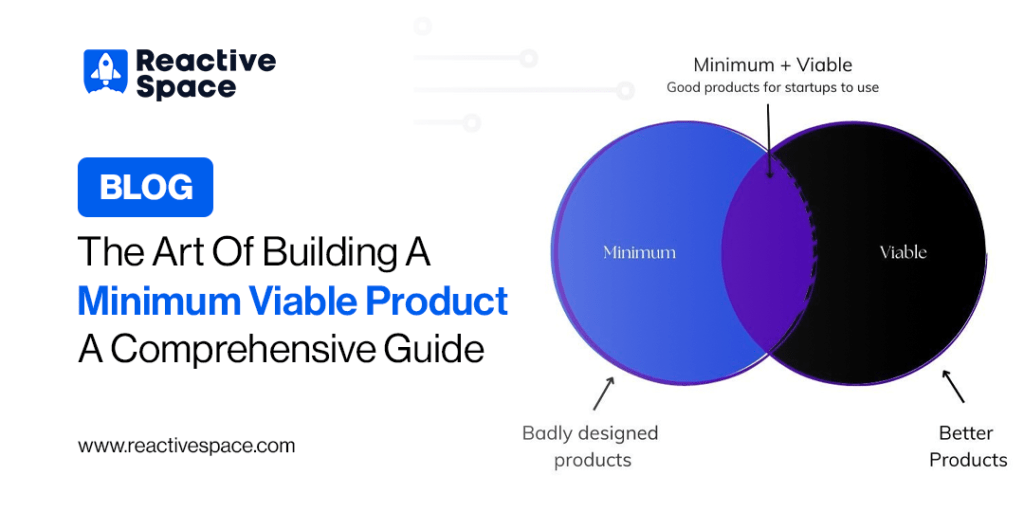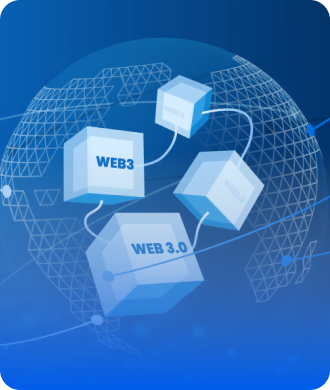
In the fast-paced world of software development, creating a successful product is no small feat. It requires careful planning, efficient resource utilization, and a deep understanding of the target market. One approach that has gained immense popularity in recent years is the concept of a Minimum Viable Product (MVP). In this comprehensive guide, we will explore the intricacies of building an MVP, the benefits it offers, and how to ensure your MVP development services stand out in a competitive landscape.
What Is a Minimum Viable Product (MVP)?
An MVP is the simplest version of a product that can be built to satisfy early customers and gather feedback for further development. It’s a strategic approach for launching a product with just enough features to engage users and provide valuable insights. By doing so, you minimize the time, resources, and effort required for development, making it an attractive option for businesses looking to test their ideas and gain a competitive edge.
MVP Development Services: Navigating the Process
To create a successful MVP, it’s crucial to follow a systematic approach. Here’s a step-by-step guide on how to develop an MVP that can rival others in the market:
1. Idea Generation
The process begins with identifying a problem or need in the market. This forms the basis of your MVP. Research and brainstorm ideas that address this issue and have the potential to gain traction.
2. Market Research
In-depth market research is vital to understand your target audience and their pain points. This research will guide you in refining your idea and ensuring that it caters to a specific need.
3. Feature Selection
Once you’ve gathered market insights, it’s time to prioritize features. Choose the core features that will make up your MVP, focusing on solving the identified problem effectively.
4. Prototyping
Before diving into full-scale development, create a prototype or mockup of your MVP. This will help in visualizing the product and making necessary adjustments early in the process.
5. Development
This is where your MVP starts to take shape. A skilled development team can turn your prototype into a working product. Agile methodologies can be particularly useful in this phase, as they allow for flexibility and quick iterations.
6. Testing and Feedback
Once your MVP is ready, it’s time to release it to a select group of users. Collect feedback, analyze their experiences, and make improvements based on their suggestions.
7. Iterate
Continuous improvement is key to MVP success. Based on user feedback and market changes, iterate on your product to enhance its features and functionality.
Benefits of MVP Development
Now that you understand the process, let’s delve into the significant benefits of building an MVP for your software development project:
1. Cost Efficiency
MVP development saves money by focusing on essential features. This way, you avoid unnecessary expenses on features that may not be well-received by the market.
2. Faster Time-to-Market
Since you’re only building the core features, your product can go to market more quickly, allowing you to stay ahead of the competition.
3. User Feedback
Early user feedback is invaluable. It helps in understanding user preferences, uncovering issues, and refining the product for maximum appeal.
4. Risk Mitigation
By testing your idea with an MVP, you mitigate the risk of investing extensively in a product that might not gain traction in the market.
5. Competitive Advantage
Being one of the first to offer a solution to a specific problem can give you a substantial competitive advantage.
6. Attracts Investors
A well-executed MVP demonstrates your commitment and vision, making it more likely to attract investors and funding for further development.
MVP vs. Traditional Product Development
To highlight the importance of MVP, let’s compare it with traditional product development methods:
MVP:
- Starts with a simple version of the product
- Focuses on core features
- Gathers early feedback
- Adapts to market changes
- Cost-efficient
Traditional Product Development:
- Involves extensive feature development
- Requires significant time and resources
- This may lead to a higher risk
- Involves long development cycles
- Market fit uncertain
Conclusion
In the world of software development, creating a Minimum Viable Product is an art, and mastering it can lead to unparalleled success. By following the systematic approach outlined in this comprehensive guide, you can make your MVP development services stand out and take the first step toward creating a groundbreaking product. Get in touch to discuss your project with us!



